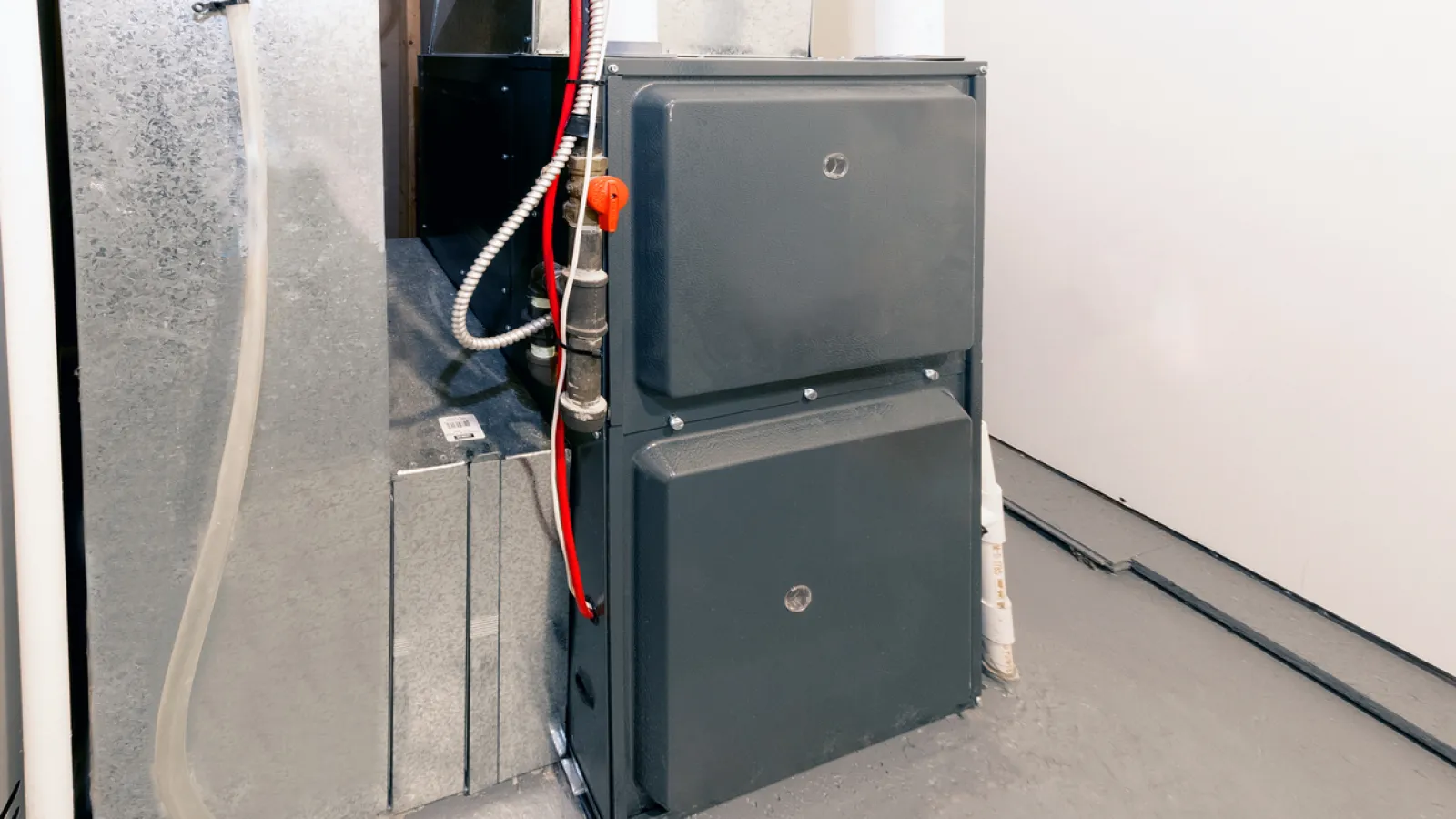Why Did Furnace Pilot Lights Switch to Ignitors

While common knowledge to HVAC professionals, many
homeowners may not realize that the traditional pilot light no longer ignites
the gas in a furnace. Traditional furnaces relied on the thermostat to trigger
the operations and call for heat. The furnace
pilot light stood waiting and then went into action by igniting the gas
flower into the burner
and ultimately raising the home temperature. Now, the modern furnace relies on
an automatic ignitor for the furnace to start the heating process.
What is an automatic ignitor switch?
The automatic ignitor revolutionized how we heat our homes.
Instead of a constant flame, the automatic igniter only activates when needed.
Here's how it works:
- Thermostat Signals: When your thermostat senses a drop in temperature, it sends a signal to the furnace.
- Igniter Activation: The automatic igniter heats up quickly, creating a spark or glow—no flame required!
- Gas Ignition: Once the igniter reaches the right temperature, it ignites the gas, and your furnace starts heating your home efficiently.
What are the benefits of ignitors for furnaces?
The core functionality of a pilot light and ignitor for
furnaces remains the same. However, the furnace ignitor offers some key
benefits.
- Energy Efficient: Electronic ignition systems are significantly more energy efficient than standing pilot lights. For example, pilot lights run constantly, which burns gas even when the furnace is not actively heating. This wastes energy and increases utility costs. Conversely, electronic furnace ignitors only activate when heat is needed, eliminating this constant gas consumption.
- Safety First: Modern ignitors are designed with safety features that minimize the risk of a gas buildup (if the pilot light goes out), gas leaks or combustion issues. Additionally, pilot lights were prone to being blown out by drafts.
- Less Maintenance: Without a pilot light, you'll spend less time worrying about relighting it or dealing with drafts that might extinguish the flame.
Finally, regulatory changes that updated energy efficiency standards and building codes in many areas pushed manufacturers to adopt electronic ignition for new furnaces. While electronic ignition systems do require occasional maintenance and can potentially fail, their benefits in terms of efficiency, safety, and performance have made them the preferred choice in modern furnace design.
What Should You Do If Your Furnace Isn't Working?
If your furnace isn't heating as it should, don't panic!
Here are a few steps to troubleshoot:
- Check the Thermostat: Make sure it's set to the desired temperature and is functioning correctly.
- Inspect the Power Supply: Ensure your furnace has power—check circuit breakers and fuses. For battery-powered thermostats, check those batteries!
- Look for Error Codes: Many modern furnaces display error codes. Consult your manual or call a professional for help.
Ultimately, understanding your furnace and how it operates
can make a significant difference to your comfort and peace of mind. Automatic
igniters improved the modern furnace and as a result, improved heating your
home. For those in the greater Marietta and
Atlanta area, if you are having issues with your
furnace or any part of your home heating system, then Snappy Services is
here to help with trusted HVAC repair services.
From emergency
services to annual maintenance plans, our team of local and
qualified technicians know the struggle and want to help. As a family-owned and
operated company, our priorities are the same as yours. We won't recommend a
service unless it's what we would advise for our own families. You can rest
assured that when you call our expert team, you'll receive fast, high-quality
service. And we do it all with a smile!
Contact us today!

